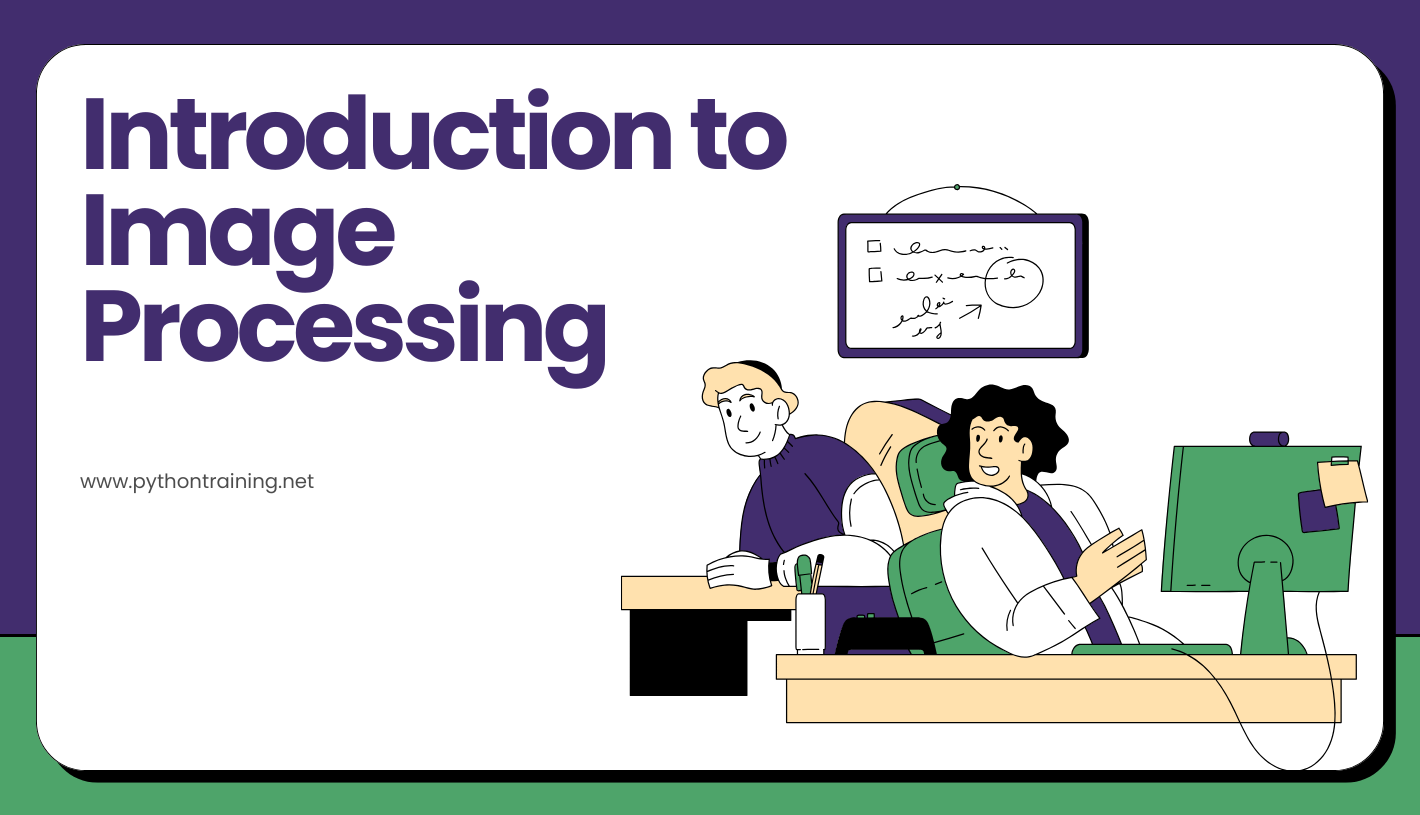Introduction to Image Processing
The world of technology is constantly evolving, and Image Processing is one of its fascinating spheres. It deals with the manipulation and analysis of images using various techniques and algorithms. The Power of Python in Image Processing stands unchallenged due to its simplicity, readability, and a robust ecosystem of libraries that ease the complex tasks of image processing.
Why Use Python for Image Processing?
Python has become a popular language for Image Processing for two key reasons: Efficiency and Flexibility. Python’s syntax is straightforward, which makes the code easy to write and understand. In addition, it offers a higher degree of flexibility, as it allows developers to write both simple scripts and complex object-oriented programs.
Python also offers an abundance of Extensive Libraries. These libraries contain pre-written code that developers can use to perform specific tasks, saving them time and effort. This feature makes Python a powerful tool for image processing.
Basics of Image Processing in Python
In Python, images are treated as arrays, a form of data structure that can hold values of the same type. Understanding Images as Arrays is the cornerstone of Image Processing in Python. The pixel values of an image are stored in a two-dimensional (or more) array, where each pixel represents a particular color.
Getting Started with Python Libraries
There are several libraries that Python offers for image processing, but let’s discuss three of them: Pillow, OpenCV, and scikit-image.
Pillow Library is a fork of PIL (Python Imaging Library). It adds some user-friendly features and supports a wide range of images such as “jpeg”, “png”, “bmp”, “gif”, “ppm”, “tiff”.
OpenCV Library stands for Open Source Computer Vision Library. It is a collection of algorithms for computer vision and machine learning. OpenCV has more than 2500 optimized algorithms, which can be used to detect and recognize faces, identify objects, classify human actions, track camera movements, extract 3D models, and much more.
scikit-image Library is an open-source library for image processing in Python. It includes algorithms for segmentation, geometric transformations, color space manipulation, analysis, filtering, morphology, feature detection, and more.
Image Processing Techniques in Python
Image Transformation includes operations like Scaling, where the size of an image is increased or decreased. Rotating an image is another transformation, where the image is rotated at a certain angle. Translating or shifting an image also falls under this category.
Image Enhancement techniques make images look better. This includes Contrast Enhancement, which improves the difference in luminous intensity in an image, making it clearer. Brightness Enhancement alters the brightness of an image, making it lighter or darker.
Image Segmentation involves dividing an image into multiple segments or ‘regions’, each of which corresponds to different objects in the image.
Real-World Applications of Python in Image Processing
Python’s prowess in image processing has led to its widespread use in various sectors. Computer Vision uses Python for tasks like object detection, image recognition, and even 3D reconstruction. In Facial Recognition, Python’s image processing capabilities help in identifying a person’s face in images or videos.
Conclusion
The realm of Image Processing is vast and dynamic, and Python, with its powerful libraries and simplicity, has made the journey smoother for developers. It offers numerous techniques for manipulating, enhancing, and transforming images, making it an invaluable tool in the technological world.
Frequently Asked Questions
Why is Python popular for image processing?
Python is popular for image processing due to its simplicity, readability, and the vast array of libraries that simplify complex tasks in image processing.
What are some Python libraries used for image processing?
Some of the commonly used libraries are Pillow, OpenCV, and scikit-image.
What is image transformation in Python?
Image transformation involves altering the presentation of an image, including operations like scaling, rotating, and translating.
What is the role of image enhancement in Python?
Image enhancement techniques in Python are used to improve the quality of an image by enhancing its contrast and brightness levels.
How is Python used in real-world applications like facial recognition?
In facial recognition, Python’s image processing capabilities help identify a person’s face in images or videos.
